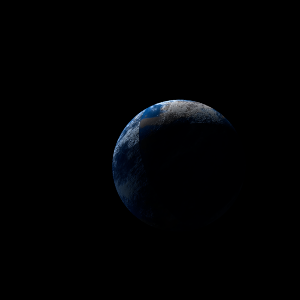|
|
Space Astro
|
Info for exoplanet "Ebeve"
| Scientific (actual) data |
|---|
| Name | Kepler-1292 b |
| Planet status | Confirmed |
| Radius | 0.162 |
| Orbital period | 3.27646 |
| Discovered | 2016 |
| Updated | 2021-02-05 |
| Tconj | 2454960 |
| Publication | Announced on a website |
| Detection type | Primary Transit |
| Alternate names | 2MASS J18593737+4356569 b, K02619.01, KIC 8081905 b, KOI-2619 b, KOI-2619.01, WISE J185937.37+435657.1 b |
| Star name | Kepler-1292 |
| Right ascension | 284.91° |
| Declination | 43.95° |
| Mag j | 14.679 |
| Mag h | 14.392 |
| Mag k | 14.19 |
| Star distance | 1406 |
| Star metallicity | 0.08 |
| Star mass | 0.95 |
| Star radius | 0.93 |
| Star age | 4.68 |
| Star temperature | 5556 |
| Star alternate names | 2MASS J18593737+4356569, KIC 8081905, KOI-2619, WISE J185937.37+435657.1 |
| Wikipedia article | Kepler-1292 b |
Back
| |
| Fictional info (?) |
|---|
| Suggested name | Ebeve |
| Planet type | Cold planet |
| It has the densest atmosphere of the cold planets, consisting partly of formaldehyde. |
| Atmosphere | Formaldehyde | 96% |
| Molecular hydrogen | 3.3% |
| Hydrogen | 0.029% |
| Atmospheric pressure | 0.021 bar |
 |
| No known satellites |
| Google search for Ebeve |
|
Website by Joachim Michaelis
|
|
|
|